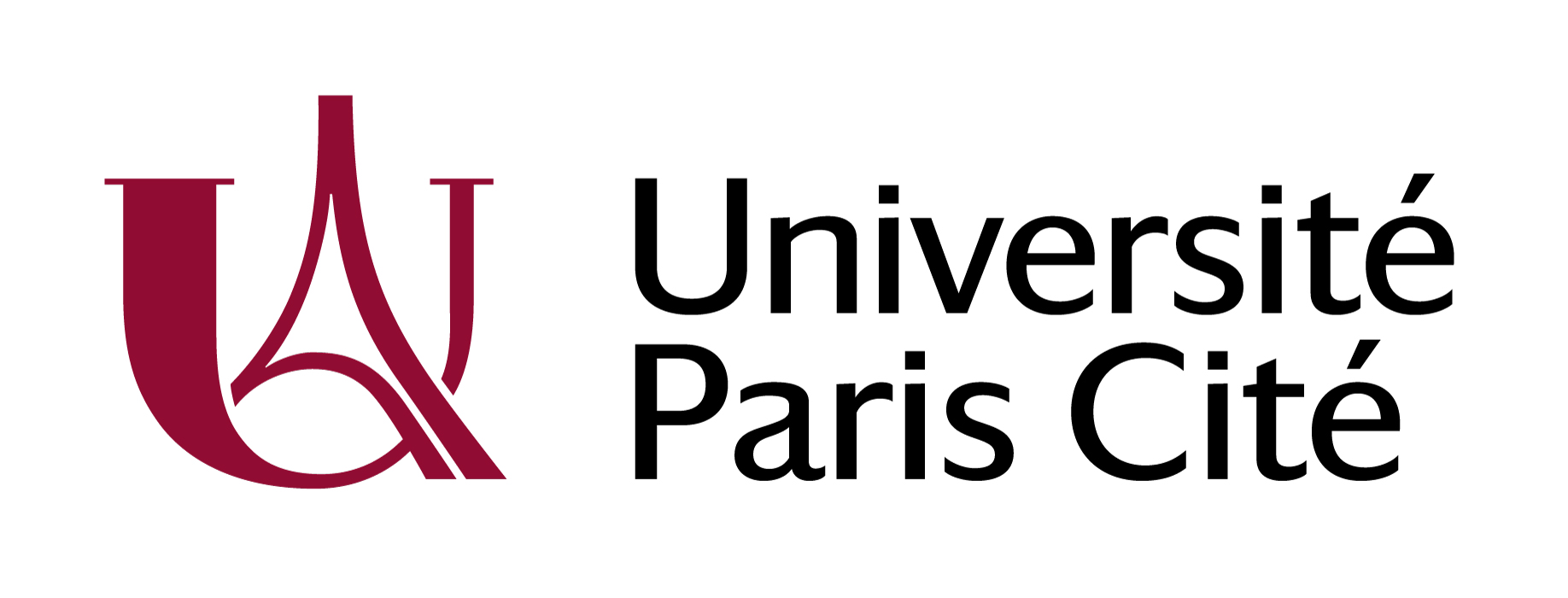Girls’ schools and Empire (1800-1950)
Résumé
The growth of empire in the 19th century went hand in hand with a concern to address girls’ education. Girls’ schools developed within the British, French, Dutch, Ottoman, and Russian empires and, despite the variety of spatial boundaries and the differing nature of core-periphery relations, girls’ schools were the object of ideological pronouncements centered around visions of femininity. The ostensible goals for this education often shared a similar commitment to the training of good wives and mothers in order to improve the familial morals of colonized territories. In reality, the nature of girls’ schooling was far more complex and played in particular into broader political debates about the role of education in the development of enlightened female subjects and later citizens. National movements in colonized areas generated discourses about women as “mothers of the nation,” with an emphasis on domesticity, not dissimilar from earlier colonial rhetoric, while the development of girls’ schooling led a minority of women into skilled professions that challenged without upsetting existing gender relations.
